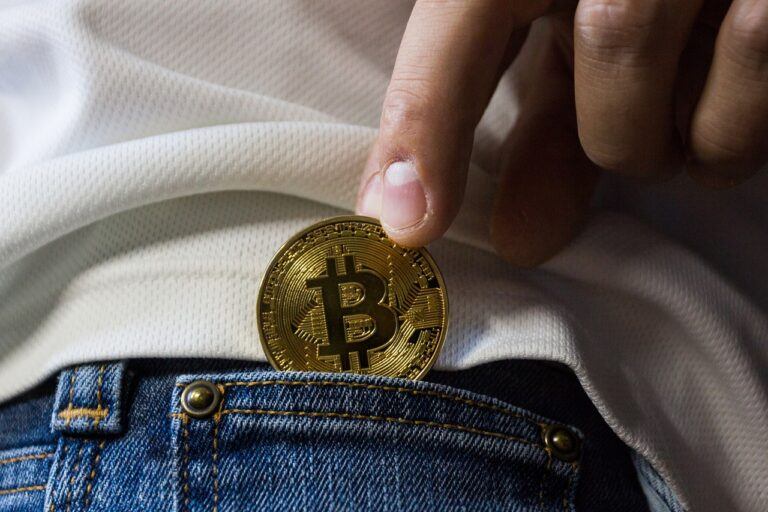A study recently published by University of Texas professor John Griffin and co-author Amin Shams suggests that Tether (USDT), a crypto supposedly backed by fiat currency 1:1, has been used to manipulate bitcoin’s price last year.
According to the paper Griffin and Shams authored, titled “Is Bitcoin Really Un-Tethered?”, the stablecoin was used to create support areas for the flagship cryptocurrency, effectively ensuring its price didn’t drop, and that other traders saw buy signals in specific ranges.
As Bloomberg reports, Tether tokens started trading in 2015 and were pitched as a stable alternative to bitcoin’s volatility. Notably USDTs are issued by Tether, a company connected to popular cryptocurrency exchange Bitfinex, which lost banking relationships last year, but continued to operate.
After Bitfinex lost banking services, several community members started questioning whether Tethers were indeed being backed by actual dollar reserves, to the point the US Commodity Futures Trading Commission (CFTC) subpoenaed both companies late last year, in an attempt to find out whether said reserves exist.
In their study, Griffin and Shams looked at how the 2.5 billion Tethers in existence flowed through the crypto markets. They found these were created in large chunks, often of 200 million or more, and are then moved to crypto exchange Bitfinex.
Per the researchers, these were then used to buy bitcoin “in a coordinated way that drives the price,” specifically when BTC’s price started dropping. Griffin said:
“I’ve looked at a lot of markets. If there’s fraud or manipulation in a market it can leave tracks in the data. The tracks in the data here are very consistent with a manipulation hypothesis.”
The paper details that when the flagship cryptocurrency’s price fell, purchases with Tether tended to increase, which then reversed the decline. When bitcoin rose, it adds, the opposite wasn’t seen. This, to Griffin, is “suggestive of Tether being used to protect bitcoin prices during downturns.”
Analyzed data includes last year’s price surge that saw most cryptocurrencies hit a new all-time high, with bitcoin coming close to the $20,000 mark in mid-December, according to CryptoCompare data. At press time, the flagship cryptocurrency is trading at $6,458 after falling 4.55 percent in the last 24-hour period.
Potential BTC Price Manipulation
Griffin’s study identified 87 of the largest purchases from March 2017 to March 2018, and noted that in these cases USDTs had been issued three days before said purchases occurred. Per the report, these purchases occurred one hour after bitcoin’s price started declining.
These examples, as Bloomberg notes, account for less than 1 percent of the examined period, while amounting to 50 percent of the flagship cryptocurrency’s compounded returns last year. Per Griffin, a noticeable trend they picked up noted that when bitcoin traded near price thresholds defined in $500 increments, purchases with Tether “strongly increase.”
Per Griffin, this gives other investors the impression there’s a price floor they can place their buy orders at, which subsequently drives up the price. The paper’s authors purportedly ran 10,000 different simulations, which showed “this behavior never occurs randomly.”
The researchers added:
“If it was random behavior you wouldn’t see it cluster around the thresholds. It indicates it’s a conscious strategy to provide price support.”
It’s worth noting that both Bitfinex and Tether share a management team that includes the cryptocurrency exchange’s chief executive officer, JL van der Velde. According to Bloomberg, he said in an emailed statement:
“Bitfinex nor Tether is, or has ever, engaged in any sort of market or price manipulation. Issuances cannot be used to prop up the price of Bitcoin or any other coin/token on Bitfinex.”
Despite the CEO’s words, various community members and regulators remain skeptical. As CryptoGlobe covered, the US Department of Justice (DOJ) has recently launched a criminal probe into potential bitcoin price manipulation, in a move that’s seen as the culmination of US’ scrutiny into cryptocurrency markets.
What’s going on with Bitfinex and Tether is still unclear. Unconfirmed reports have suggested the company saw Polish authorities seize $380 million from the exchange. Aside from the Tether situation, Bitfinex has been embroiled in controversy as it recently asked customers for tax data, which can be shared with local tax authorities. Earlier this month, the company suffered outages amid a cyber attack.









